Ceramic tiles, due to its visual appeal, exceptional reliability and durability, is considered the undisputed leader among modern facing materials for decorating kitchen space. Floor tiles for the kitchen should not only perform a decorative function, but also meet special requirements, since it is here that the high humidity and the influence of aggressive factors are observed. Choose a cover with caution and addiction, because spilled water and food on the floor can lead to serious trouble.
Content
Flooring tile for kitchen: advantages
The use of floor tiles in comparison with other options for arranging the floor of the kitchen area, has a number of undeniable advantages:
- a variety of design and color solutions, attractive appearance and good performance characteristics of such flooring allow the coating to fit organically into any stylistic interior solution;
- being hypoallergenic and non-toxic, the material is resistant to high humidity, chemical stress and mechanical stress;
- coverage is convenient in operation and unpretentious in maintenance.
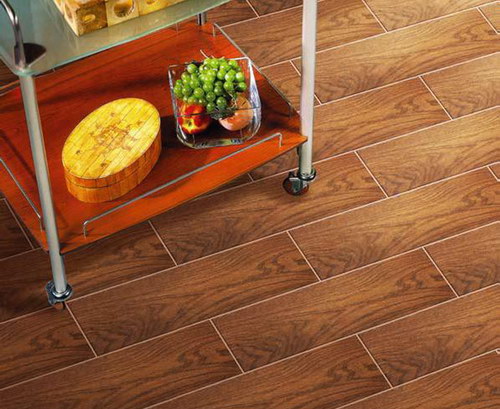
Types of floor tiles for kitchen
On the modern market of finishing materials you can find a wide assortment of domestic and foreign manufacturers with different composition and texture of floor tiles:
- a cover imitating a natural tree or a parquet;
- ceramic tiles and porcelain tiles;
- floor tiles and other types.
The most important component of the modern interior, on which, for practical reasons, it is better not to save, is a ceramic tile that performs not only a decorative role, but also a protective function. Endowed with unique practical qualities, the ceramic coating allows creating visually attractive, durable, easy-care, and most importantly, durable floors for kitchen space.

From this point of view, floor tiles for the kitchen area act as a modern material, successfully combining the attractiveness and ergonomics, a wide range of design and color solutions, perfect functionality and long-term operation.
To the flooring material of this kind, there are traditionally special requirements, and its quality must correspond to the current standards. Since it is the floor surface in the room that undergoes various mechanical influences, the choice of the finishing material, like the arrangement of the floor, does not tolerate a dilettante approach, but involves careful consideration and accuracy.
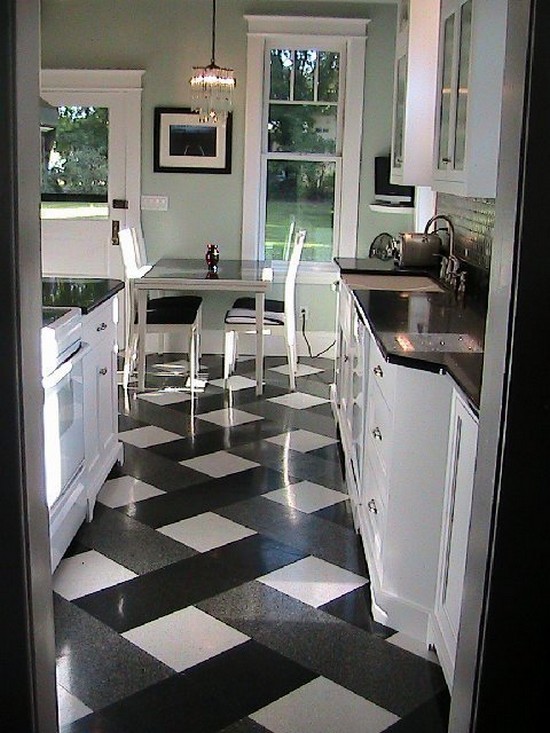
What are the technical qualities and characteristics of the floor tiles for the kitchen? How to choose the most suitable tile, in order not to be disappointed after the laying of the coating?
Flooring tile for kitchen: selection criteria
Traditionally, all the technical and operational characteristics of floor tiles are reflected on the packaging, so before buying it is not at all superfluous to get acquainted with the parameters of the degree of slip and wear resistance of the coating.
Let us dwell in more detail on the main characteristics of the covering of the kitchen floor. Undoubtedly, the paramount requirement, which is presented to the tile, is degree of resistance to damage of various origins: often on the surface of the kitchen floor all kinds of sharp or blunt objects fall - knives, spoons, utensils and other kitchen utensils made of wood and metal. Coverage is simply required to withstand the impact of varying strength.
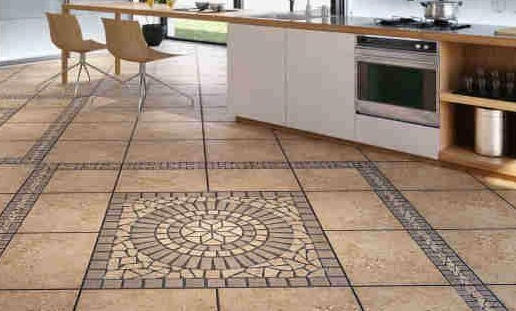
According to wear characteristics tiles on the floor are divided into 5 classes - PEI-I-PEI-V.
To the first class (PEI I) include a wall tile, which is completely unsuitable for floor installation, because the decorative coating will very quickly be erased. Products of the second class (PEI II) Are intended for packing in premises with moderate intensity of visits (loggias, balconies, bathrooms). The best option for flooring in the kitchen will be a product with a durability class PEI-III or PEI-IV. Tiles of the last class are successfully used for floor design in commercial, office and industrial premises.
The second most important characteristic can be attributed coefficient of moisture absorption, displayed in percentage terms. According to a special graduation, the wall tile is 10% to the third class (the lowest one), to the second class - floor tiles - up to 6%, but to Class I is equivalent to ceramic granite - 0.05%. This innovative finishing material is able to withstand enormous loads, so it is successfully used for the design of tracks and sites, finishing the facades of buildings.
With an indicator of moisture absorption side by side, there is yet another equally important characteristic - the index of frost resistance of the coating. So, if the tile withstands negative temperatures, then it can be used for facing the floor in cold rooms or arranging the outdoor space. The product that does not withstand cold temperatures, in the cold, will always crack.
An important characteristic that affects the choice of coverage is considered to be degree of resistance to chemicals and agents. Since the surface of the floor in the kitchen is often cleaned with chemical compounds, the coating should be chosen most enduring such effects. The most resistant to chemical influences is the tile marked AA.
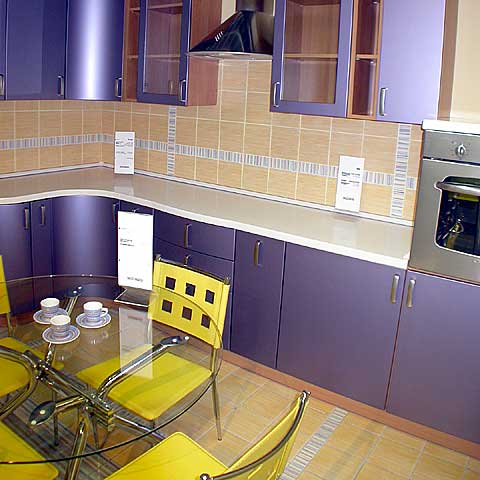
External tile decoration is characterized by coefficient of friction. Matte products have the maximum value of this indicator, while for glossy products, on the contrary, it is minimal.
For the kitchen is better to choose a tile matte or relief. The best texture is roughness: even if you accidentally pour water on the floor, you are not threatened with slipping or bumping.
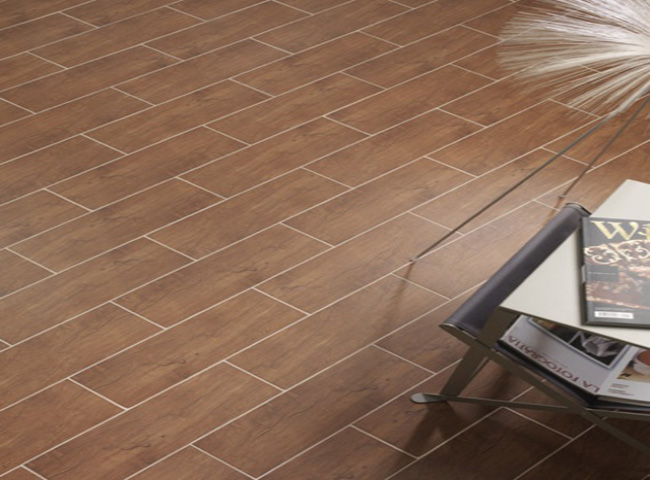
Since different manufacturers use different technologies for the production of tiles - with the use of glazes and without its use, experts recommend choosing glazed products having higher technical characteristics than the other options. Buying floor tiles for the kitchen, pay attention to the coefficient of friction, which should be more than 0,75 and water resistance - more than 3%.
If you are not sure about the quality of the coating, then you can always try to evaluate it yourself. To begin with, make sure of the integrity and absence of defects and defects - streaks and granularity, damage and cracks, various potholes. Then, taking into account the conditions for the subsequent operation of the floor covering in the kitchen, proceed with the utmost care and caution, already being guided by the above recommendations.
On what to look for when choosing floor tiles for the kitchen will tell a video on youtube.



















